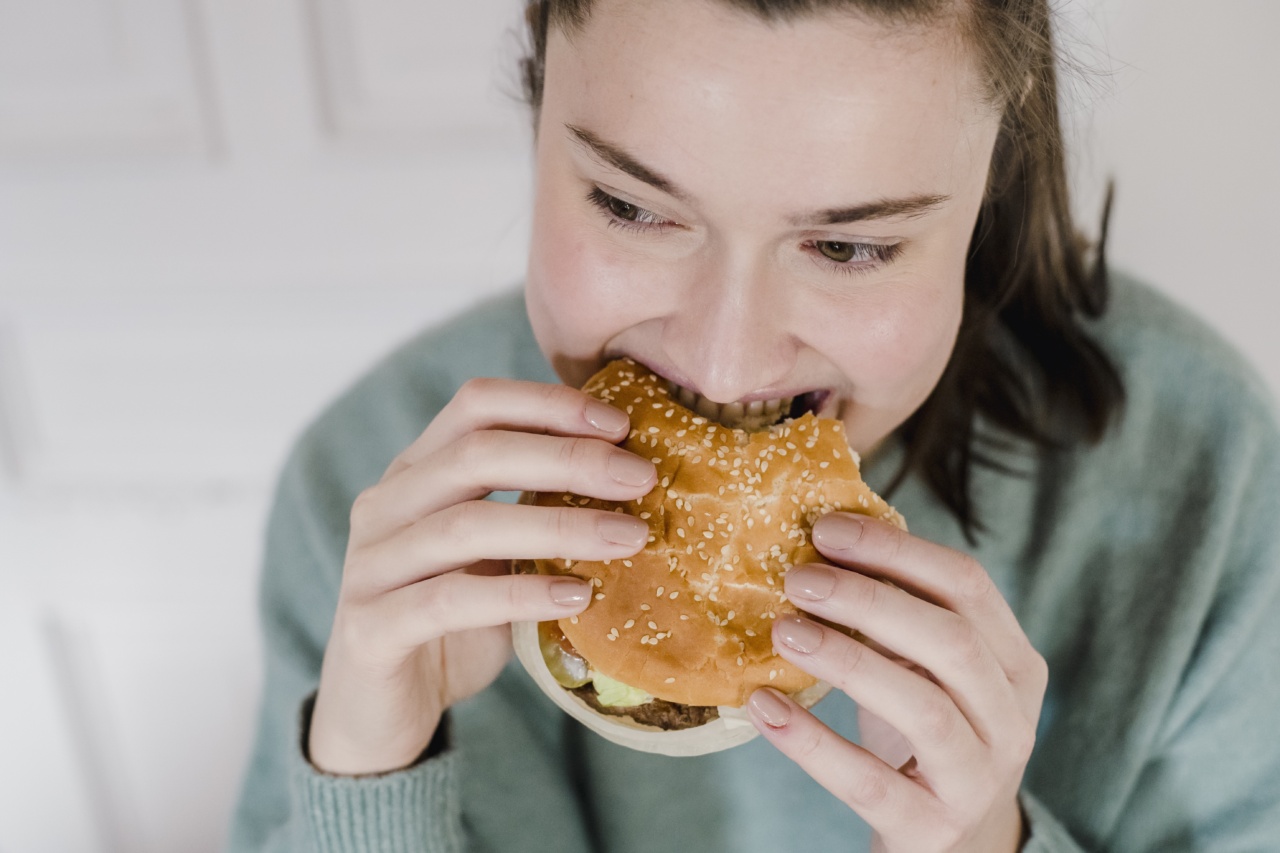When you sink your teeth into a hearty burger, you embark on a culinary adventure that involves a series of fascinating processes within your body.
From the initial bite to the journey through your digestive system, various organs and enzymes work together to break down and absorb the nutrients from this beloved indulgence. In this article, we will explore step by step what happens when you eat a burger, shedding light on the incredible journey your food takes within you.
Bite into Flavor
As you take the first bite of a burger, the food enters your mouth, where a series of events unfold.
The combination of taste buds and receptors on the tongue sends signals to your brain, allowing you to experience the rich flavors and textures found in a well-prepared burger. The mouth also harbors salivary glands that start releasing saliva, which contains enzymes such as amylase that begin the process of breaking down carbohydrates in the bun or other bread components.
Down the Esophagus
Once you’ve chewed and moistened the food effectively, the muscular movements of your tongue help push the burger towards the back of your mouth and into the esophagus.
This muscular tube conducts the food towards the stomach through a series of coordinated contractions known as peristalsis. The esophagus ensures that food reaches the stomach smoothly without any blockages.
Into the Acidic Environment
The burger now enters the acidic environment of the stomach. The stomach lining secretes gastric juices, primarily consisting of hydrochloric acid and various enzymes such as pepsin.
These stomach acids help break down proteins present in the meat patty, facilitating the process of digestion. The churned mixture of partially digested food and gastric juices is known as chyme.
Small Intestine: Absorbing the Goodness
The chyme passes from the stomach into the small intestine through the pyloric sphincter. Here, the small intestine takes center stage in the absorption of the essential nutrients from the burger.
The walls of the small intestine are lined with finger-like projections called villi, which increase the surface area available for absorption. As the chyme passes over the villi, vital nutrients such as proteins, fats, carbohydrates, and micronutrients are absorbed into the bloodstream to provide energy and nourishment to the body.
Pancreas and Liver: The Digestive Powerhouses
While the small intestine plays a vital role in digestion and absorption, it receives significant support from the pancreas and liver.
The pancreas releases digestive enzymes such as amylase, lipase, and protease into the small intestine, aiding in the breakdown of carbohydrates, fats, and proteins. Additionally, the liver produces bile, which is stored in the gallbladder and released into the small intestine to emulsify fats, making them easier to digest.
These collaborations ensure that the nutrients obtained from the burger are effectively broken down and absorbed.
Colon and the Gut Microbiome
As the nutrients are absorbed, the remaining waste material passes into the large intestine, also known as the colon. The colon’s primary function is to absorb water and electrolytes, resulting in the formation of feces.
However, the colon is also inhabited by a complex community of bacteria known as the gut microbiome. This microbiome plays a vital role in digesting fiber and producing certain vitamins, further contributing to the breakdown of remaining food particles and the overall health of the digestive system.
The Final Journey and Elimination
After the nutrients have been absorbed, what remains of the burger is transformed into fecal matter. This waste material is stored in the rectum until the body signals the need for elimination.
The muscles of the rectum and the voluntary muscles of the anus work together to release the feces, completing the digestion and elimination process.
Conclusion
From the initial bite to the final elimination, eating a burger involves a remarkable series of processes within the human body.
Each step, from the release of saliva in the mouth to the absorption of vital nutrients in the small intestine and the elimination of waste, is orchestrated by various organs and enzymes. Understanding the journey your food takes can help you appreciate the complexity of the digestive system and the importance of making mindful choices when it comes to your diet.






























